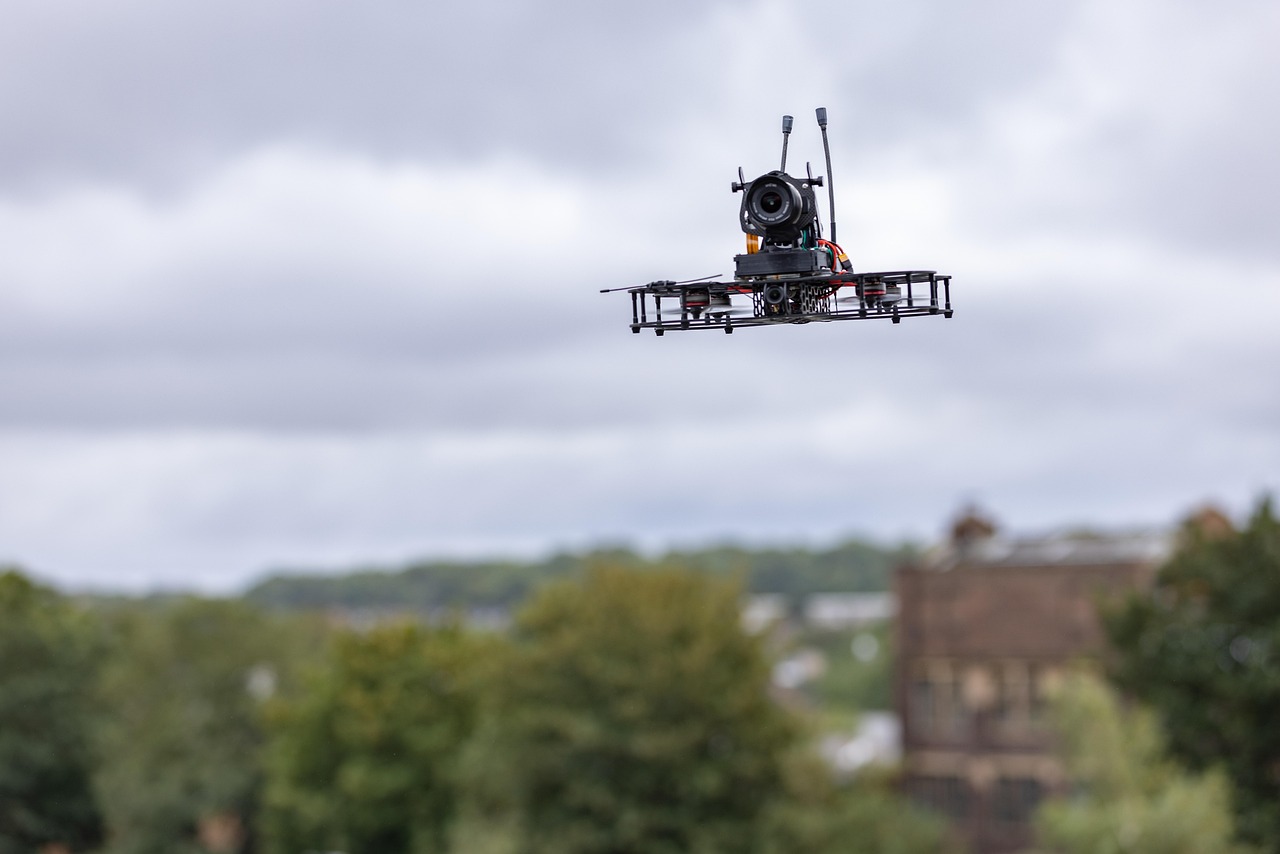The tech landscape is in perpetual motion, constantly evolving and reshaping how we live, work, and interact with the world. Staying ahead of the curve requires continuous learning and adaptation. This blog post dives into some of the most prominent and impactful tech trends shaping the future, offering insights and actionable takeaways to help you navigate this dynamic environment.
Artificial Intelligence (AI) and Machine Learning (ML)
The Rise of Generative AI
Generative AI models like ChatGPT, DALL-E 2, and Midjourney have exploded in popularity, demonstrating the power of AI to create new content, from text and images to code and music.
- Practical Example: Businesses are using generative AI to automate content creation for marketing materials, generate code snippets for software development, and even personalize customer experiences.
- Impact: This trend is lowering the barrier to entry for content creation and software development, potentially democratizing access to powerful tools and accelerating innovation.
- Actionable Takeaway: Explore how generative AI can streamline your workflows, improve efficiency, and unlock new creative possibilities. Experiment with different AI tools to discover their capabilities and limitations.
AI-Powered Automation
AI is increasingly used to automate repetitive tasks, improving efficiency and reducing human error across various industries.
- Examples:
Robotic Process Automation (RPA): Automating tasks like data entry, invoice processing, and customer service interactions.
Smart Manufacturing: Optimizing production processes, predictive maintenance, and quality control using AI.
- Benefits:
Increased productivity
Reduced costs
Improved accuracy
- Actionable Takeaway: Identify tasks within your organization that are repetitive, time-consuming, and prone to errors. Explore AI-powered automation solutions to streamline these processes and free up human resources for more strategic work.
The Metaverse and Extended Reality (XR)
Beyond Gaming: The Metaverse as a Social and Economic Platform
The metaverse is evolving beyond gaming to become a broader platform for social interaction, commerce, and collaboration.
- Examples: Virtual concerts, online conferences, and immersive training simulations.
- Key Components: Virtual reality (VR), augmented reality (AR), and mixed reality (MR) are all contributing to the development of the metaverse.
- Actionable Takeaway: Consider how your business can leverage the metaverse to engage with customers in new ways, create immersive experiences, and explore new revenue streams. Experiment with VR/AR technologies to gain a better understanding of their potential.
Augmented Reality in Retail and Healthcare
AR is making significant strides in retail and healthcare, offering practical applications that enhance user experiences and improve outcomes.
- Retail Example: AR apps allow customers to virtually “try on” clothes or visualize furniture in their homes before making a purchase, increasing purchase confidence and reducing returns.
- Healthcare Example: AR can be used to overlay medical images onto a patient’s body during surgery, providing surgeons with real-time guidance and improving precision.
- Actionable Takeaway: Explore how AR can enhance your product offerings, improve customer engagement, and provide valuable information in a visually appealing and interactive way.
Cybersecurity and Data Privacy
The Growing Importance of Zero Trust Security
With the increasing frequency and sophistication of cyberattacks, the traditional “trust but verify” approach to security is no longer sufficient. Zero Trust security, which assumes that no user or device is inherently trustworthy, is becoming increasingly important.
- Key Principles:
Verify every user and device before granting access.
Limit access to only the resources needed to perform a specific task.
Continuously monitor and validate access.
- Actionable Takeaway: Implement Zero Trust principles within your organization to enhance security and reduce the risk of data breaches. This may involve implementing multi-factor authentication, micro-segmentation, and continuous monitoring tools.
Enhanced Data Privacy Regulations
Growing concerns about data privacy have led to stricter regulations like GDPR and CCPA, requiring organizations to be more transparent about how they collect, use, and protect personal data.
- Compliance Requirements:
Obtain explicit consent for data collection.
Provide users with the right to access, correct, and delete their data.
Implement appropriate security measures to protect personal data.
- Actionable Takeaway: Ensure that your organization is compliant with all relevant data privacy regulations. Conduct regular audits of your data processing practices, update your privacy policies, and provide training to employees on data privacy best practices.
Sustainable Technology
Green Computing and Energy Efficiency
With increasing awareness of climate change, there’s a growing focus on developing sustainable technology solutions that reduce environmental impact.
- Examples:
Energy-efficient data centers: Utilizing renewable energy sources, optimizing cooling systems, and virtualizing servers.
Eco-friendly devices: Designing devices with recyclable materials, reducing energy consumption, and extending product lifecycles.
- Actionable Takeaway: Invest in energy-efficient hardware and software, optimize your IT infrastructure to reduce energy consumption, and explore opportunities to use renewable energy sources.
The Circular Economy and Tech
The circular economy aims to minimize waste and maximize the lifespan of products through reuse, repair, and recycling.
- Benefits:
Reduces reliance on virgin materials
Minimizes waste and pollution
Creates new economic opportunities
- Actionable Takeaway: Support the circular economy by choosing products that are designed for durability, repairability, and recyclability. Participate in e-waste recycling programs to properly dispose of electronic devices and recover valuable materials.
Edge Computing
Bringing Computation Closer to the Source
Edge computing brings computation and data storage closer to the devices where data is being generated, reducing latency and improving performance.
- Applications:
Autonomous Vehicles: Processing sensor data in real-time to enable safe and efficient navigation.
Smart Factories: Enabling real-time monitoring and control of manufacturing processes.
Healthcare: Facilitating remote patient monitoring and telehealth services.
- Benefits:
Reduced latency
Improved bandwidth utilization
Enhanced security
- Actionable Takeaway: Explore how edge computing can improve the performance and reliability of your applications, particularly those that require real-time data processing or operate in remote locations. Consider deploying edge servers or utilizing edge computing platforms to bring computation closer to your data sources.
The Impact on IoT Devices
Edge computing is crucial for the growing number of IoT devices, enabling them to process data locally and make decisions without relying on a central cloud server.
- Examples: Smart home devices, industrial sensors, and wearable health trackers.
- Benefits:
Improved responsiveness
Reduced bandwidth costs
* Enhanced privacy
- Actionable Takeaway: For IoT deployments, evaluate the benefits of edge computing for reducing latency, improving security, and optimizing bandwidth usage. Ensure that your IoT devices are equipped with the necessary processing power and storage to support edge computing capabilities.
Conclusion
Staying informed about these key tech trends is crucial for businesses and individuals alike. From the transformative power of AI to the immersive experiences of the metaverse and the growing importance of cybersecurity and sustainability, these trends are reshaping the world around us. By understanding these developments and taking actionable steps to adapt and innovate, you can position yourself for success in the ever-evolving tech landscape. Continual learning and a willingness to embrace new technologies will be key to navigating the future.




